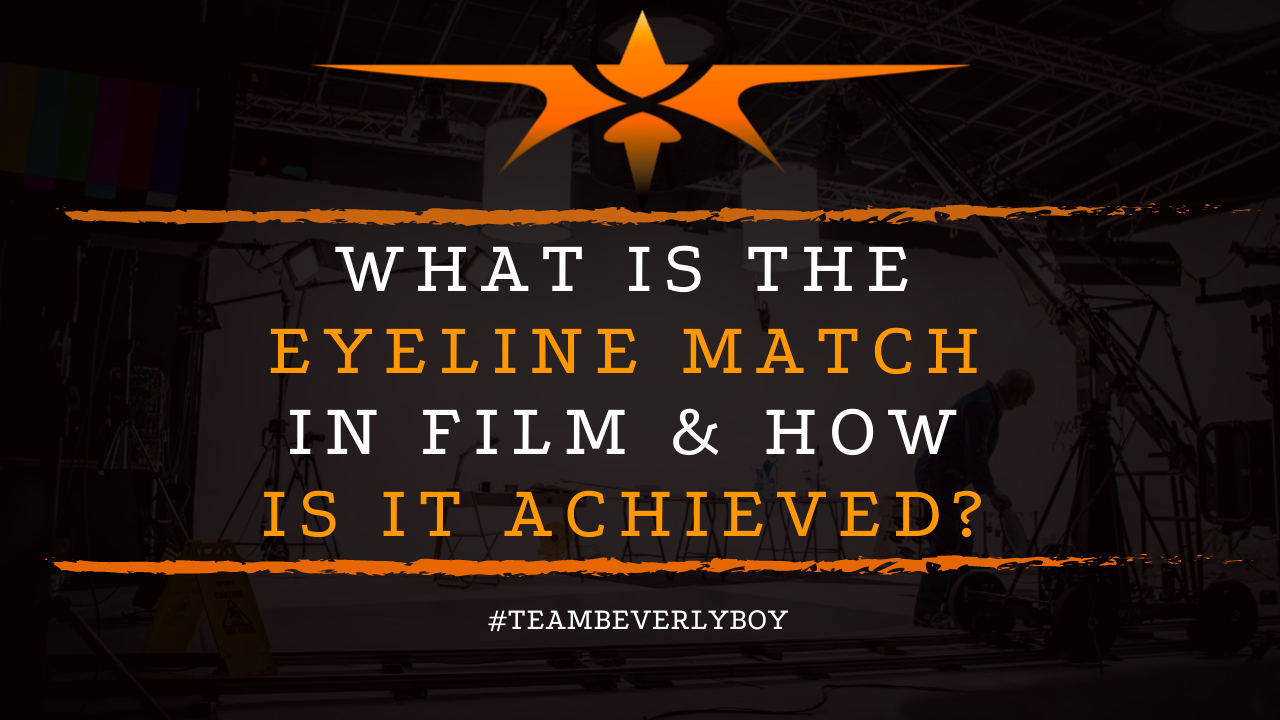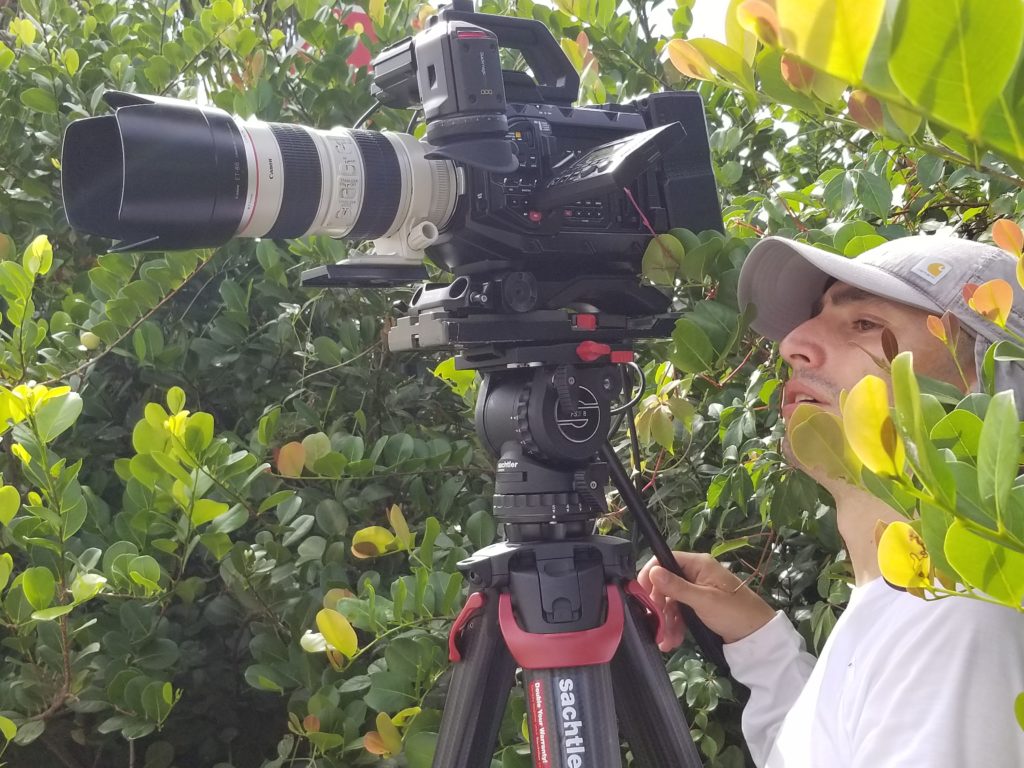
What is the Ultimate Goal of Continuity Editing?
When a cinematographer provides the best coverage for the editor, and the editor does their job so well that the audience has no idea where editing has taken place throughout the film, we could say that continuity editing has been achieved. Continuity editing represents the steps taken by a filmmaker, particularly the editor, to ensure a visually coherent film that hides any relevance of the film having been edited, but What is the Ultimate Goal of Continuity Editing?

continuity editing inquiry here!
When we think of continuity editing, and a goal, we’re talking about the use of professional editing skills that, through a variety of different techniques, allows the film editor to finalize a film in such a way that the audience cannot recognize any instances in which the mechanisms of filmmaking are visible. In other words, the ultimate goal of continuity editing is to produce a visually coherent film that the audience finds to be consistent such that the story flows logically across time and location without any interruption.
This sounds simple enough, but when it comes to filmmaking, the reality is, continuity editing is incredibly complex and the creation of a seamless story that keeps the audience’s attention without distracting them in any manner is incredibly complicated.
What is Continuity Editing?
Continuity editing can be defined as the process in film and video production in which various shots, techniques, and sequences are combined to direct the audience’s attention to a consistent, visually coherent story across time and location. In other words, with continuity editing the viewer is grounded in time and in space such that any editing of the film is invisible and does not interrupt the audience’s attention to the story.
So what is the Ultimate Goal of Continuity Editing in film? It’s to ground the audience in such a way that they remain focused on the clear and structured narrative such that the mechanisms of filmmaking, or the actions involved in producing the film, are not recognized nor are they thought about by the audience. The film editing is invisible and any evidence of film editing simply is not visible or present to the audience.
Because of continuity editing, the audience can watch a film with ease. They can become so focused on the narrative and the story itself that they can forget that what they are watching isn’t true or that it is actually the compilation of a lot of individual shots, scenes, and sequences. In fact, the audience can almost entirely believe that what they are seeing is true.
How is Continuity Editing Achieved?
Now that you understand what the Ultimate Goal of Continuity Editing is, let’s take a look at how continuity editing in film can be achieved. Typically, continuity editing is achieved through a variety of editing techniques which together form the editing of a film that results in a finished project that is believable, and appears real. These techniques along with a few rules of continuity come together to help reach the Ultimate Goal of Continuity Editing which is for the audience to be able to visually follow the story without any lapses in consistency, loss of time, or space.
The following techniques and rules of continuity editing help us to achieve this goal:
- Eyeline Match
- Eye Trace
- 180 Degree Rule
- Matching Action
We’ll take a look at each of these rules and techniques of continuity editing in greater detail below.
What is Eyeline Match?

Eyeline match represents a key element of continuity editing. In its simplest form, eyeline match seeks to deliver key focus on what the audience should see or what a character is looking at if they are looking away from or off of the screen. Think of eyeline match as essentially what the actor sees based on the direction they are looking as this is also the direction that the audience will be drawn to through the use of this technique in filmmaking.
Eyeline match is produced through the shot-reverse-shot or by using the 180 degree rule. It can help to convey a character’s mood or to describe relationships between characters or objects. Eyeline match is also used to inform the geography of the scene.
Eyeline match isn’t only a character’s view back or forth between characters or what a character appears to be looking at. This technique is also used by matching the height of a character or object vertically within the frame. Both create continuity.
What is Eye Trace?
Of all the different rules and techniques of continuity editing that are used, the eye trace is one that represents a particular storytelling edit that specifically is used for continuity purposes.
The use of eye trace represents a process in which the editor directs audience attention to a particular detail of the scene, and with the next shot, they show another important detail in that same area creating an eye trace in which the eyes are drawn to the same position and thus see the action.
What is the The 180 Degree Rule?

The 180 degree rule helps us to reach the ultimate goal of continuity editing which is to tell the story visually without interruption in time or space. According to this rule, there is an imaginary line between two subjects in a scene at which point the camera should be setup on the same side of the line, within the same 180 degrees, at all times in order to maintain continuity.
In addition to the 180 degree rule, and to further maintain continuity, when a filmmaker cuts from a shot of a character to another shot of the same character, the shot angle or shot size can be altered but the two shots should always be taken from at least 30 degrees apart to avoid disruptions in continuity.
What is Matching Action?
As we further seek to achieve the Ultimate Goal of Continuity Editing, matching the action of characters is frequently used. The match on action cut, which involves cutting on the same frame of action performed by a character between two different shots, is popularly used to maintain continuity. This invisible editing, is one of the many ways that filmmakers achieve continuity without disrupting the flow of the visual storytelling.
So what is the Ultimate Goal of Continuity Editing? The goal is to deliver a seamless visual story in which the audience does not recognize any hiccups or interruptions in time or space throughout the film which may otherwise occur as a result of certain editing or filming techniques. Continuity editing maintains a seamless story that appears fully believable from a visual standpoint and does not show signs of having been edited.


